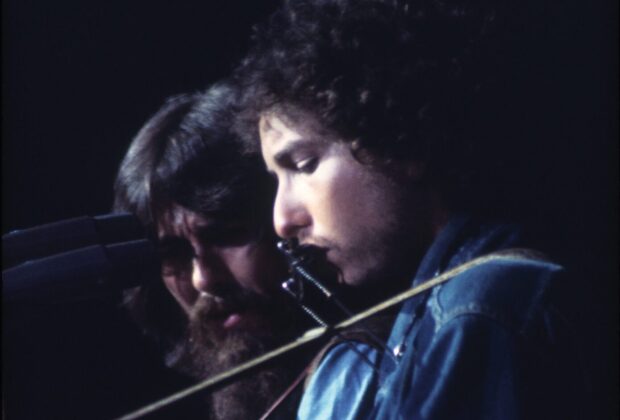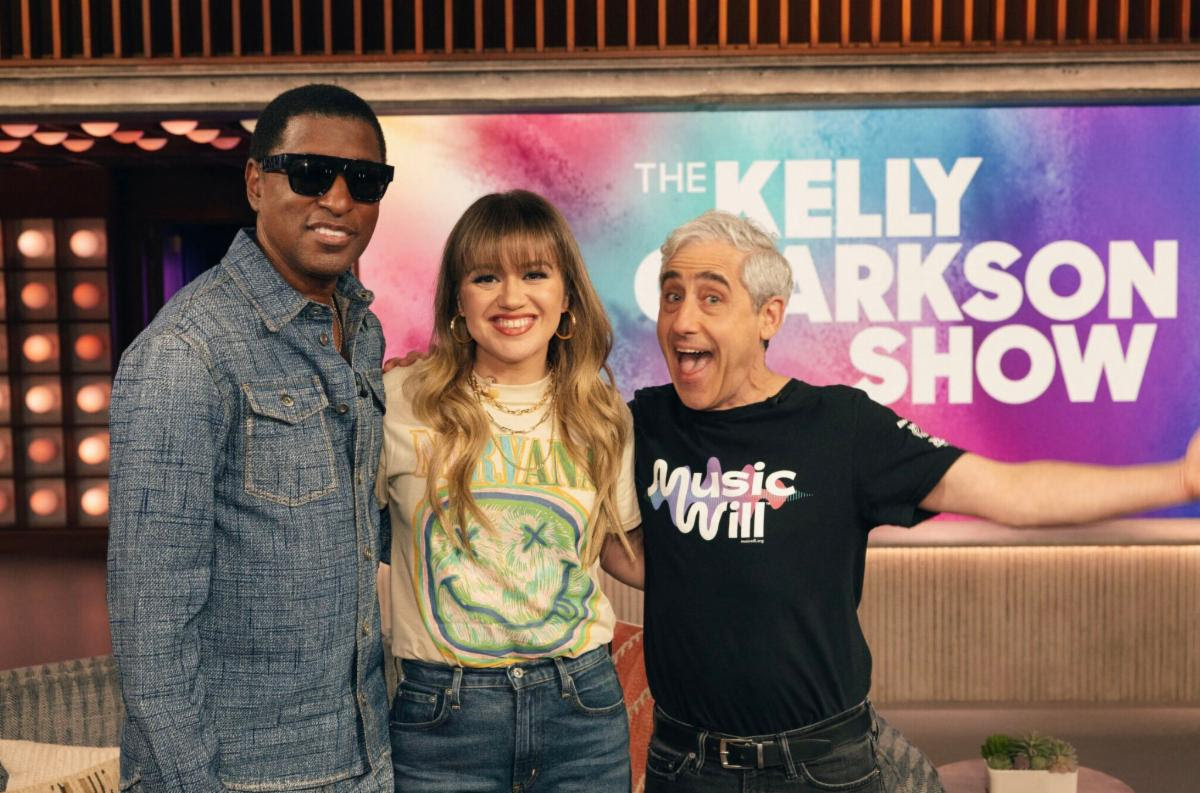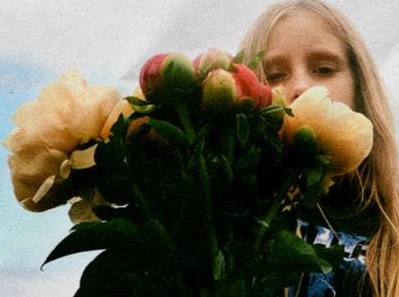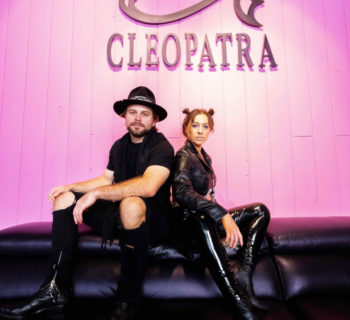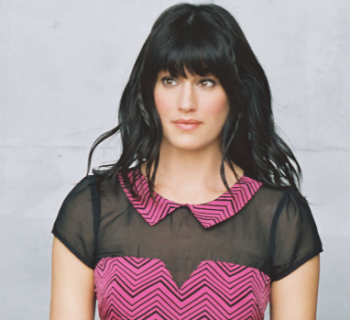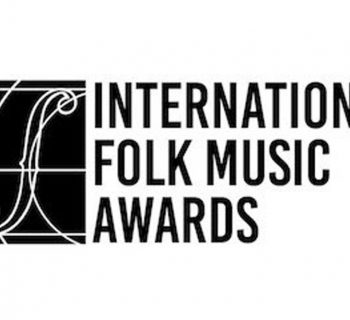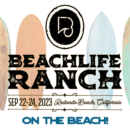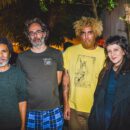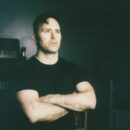Photo by Henry Diltz, Courtesy of Gary Strobl at the Diltz Archive
In 1974 George Harrison gave a press conference in Beverly Hills at the Beverly Wilshire Hotel that I attended when he was preparing for a U.S. solo tour. George was pelted with questions about the Beatles, his Dark Horse record label and the Maharishi Mahesh Yogi. I published the results in the November 2, 1974 issue of the now defunct Melody Maker.
On meeting the Beatles Harrison responded, “Biggest break in my career was getting into the Beatles. In retrospect, biggest break since then was getting out of them.”
Was he ever amazed how much the Beatles still mean to people?
“Not really. I mean it’s nice. I realize the Beatles did fill a space in the sixties. All the people the Beatles meant something too have grown up. It’s like anything you grow up with you get attached to things.
“I understand the Beatles in many ways did nice things and it’s appreciated the people still like them. They want to hold on to something. People are afraid of change. You can’t live in the past.”
George Harrison cited the Maharishi Mahesh Yogi and his visit to India with the Beatles and friends in 1967.
“I have a lot of respect for him. He gave me help and plugged me in to a method of being able to contact that reservoir of energy which is within us all. Pure consciousness. I experienced it. He showed me how to reach that. Everything else is just words, beyond the intellect is to have an experience you have to have in order to know.”
About the role of entertainer in working with causes and charities.
“I don’t think it’s an entertainer’s job. He does what he can. And I do it through music. It’s not isolated to musicians.”
In his 1974 Beverly Hills-based press conference, Harrison itemized the charities he would be working with on his tour that year including, “a concert in Los Angeles for the Self Realization Fellowship. It was founded by Paramahansa Yogananda. He happened to be a big influence in my life. I’d like to repay his in a small way.”
Paramahansa Yogananda, who was born Mukunda Lal Ghosh, (January 5, 1893-March 7, 1952), was an Indian Hindu monk, yogi and guru whose teachings of meditation and Kiya Yoga reached millions of people through his organization Self-Realization Fellowship. His teachings of yoga provided unity between Eastern and Western religions. During 1925 in Los Angeles, he established an international center for SRF.
Yogananda’s life story, Autobiography of a Yogi, was initially published in 1946, and expanded by him in subsequent editions. It’s been a perennial best seller having sold millions of copies, and translated into many languages. George Harrison would give the book to friends and musical associates.
The Beatles were first introduced to Indian music while filming their 1965 film, Help! which featured Indian musicians in a restaurant scene. George Harrison would become a lifelong impassioned devotee of Indian music. He would soon buy his first sitar, befriend and study under sitar master Ravi Shankar and employ the instrument to revolutionary effect linking the worlds of pop music with Indian music on The Beatles song, “Norwegian Wood,” which appears on their Rubber Soul album. That song marked the group's, and particularly Harrison’s, full-on immersion into Indian music, resulting in a raga rock sound heard on The Beatles songs, “Tomorrow Never Knows” and “Love You To” (Revolver), “Within You Without You” (Sgt. Pepper), and “The Inner Light" (B-side to the “Lady Madonna” single).
In early July 1966, while returning from shows in the Philippines, the Beatles made a quick stopover in New Delhi, India, marking their first trip to the country. Less than two years later, in February 1968, the group would return for an extended sojourn at Maharishi Mahesh Yogi’s ashram in Rishikesh, India where they would take a training course in Transcendental Meditation®. Their search for spiritual enlightenment would both shape their thinking and values and indelibly color the sounds of their expanding musical palette.
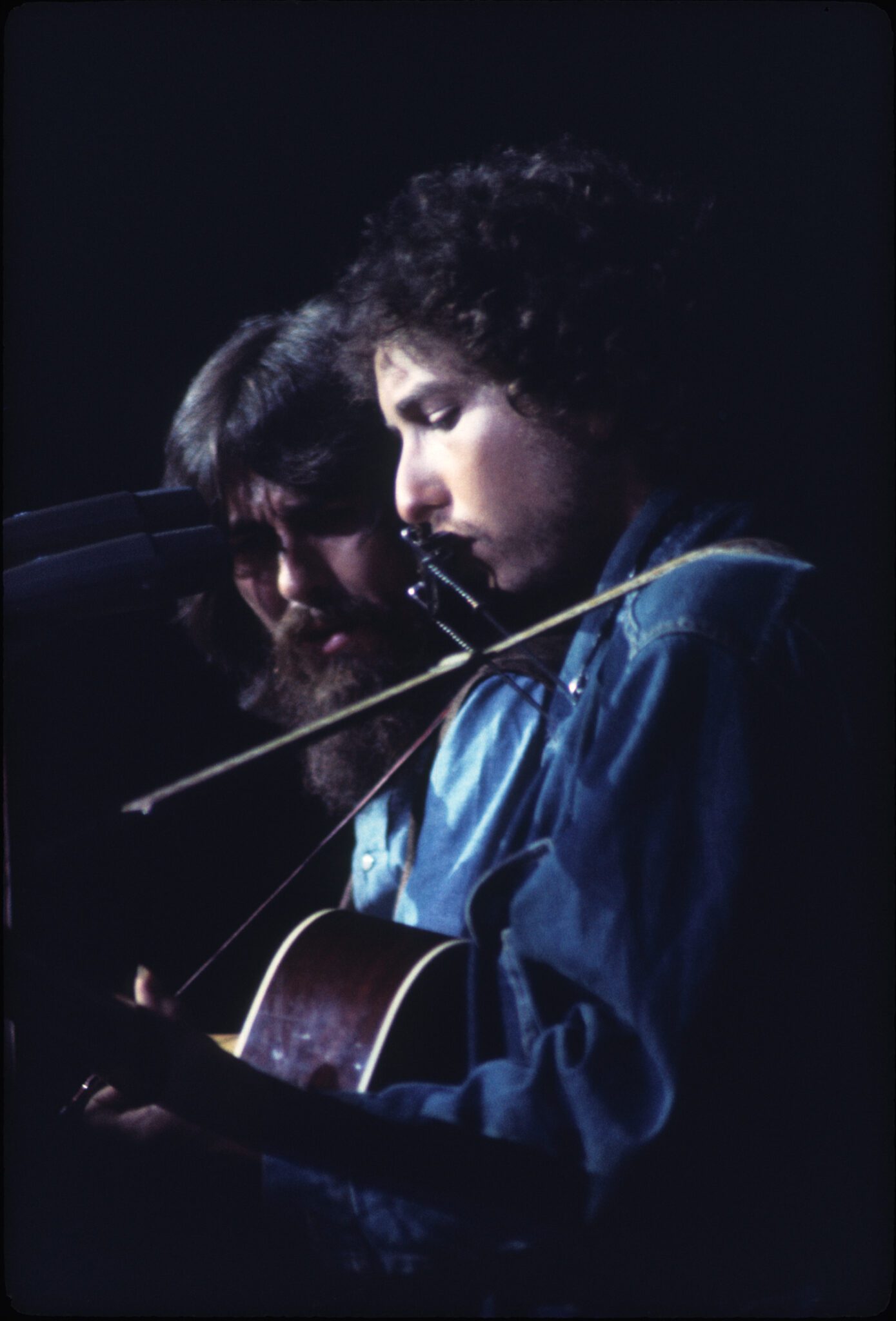
It was in 1966 that Ravi Shankar first met George Harrison. Harrison had first heard the sitar on the set of the Beatles’ movie Help! In September 1966, Harrison traveled to Bombay and became one of Shankar’s students.
In 1997 I interviewed George Harrison and Ravi Shankar. Portions were published in HITS magazine.
George Harrison discussed meeting Shankar at a dinner party for the North London Asian Music Circle all those years ago.
“His music was the reason I wanted to meet him. I liked it immediately, it intrigued me. I don’t know why I was so into it -- I heard it, I liked it, and I had a gut feeling that I would meet him. Eventually a man from the Asian Music Circle in London arranged a meeting between Ravi and myself. Our meeting has made all the difference in my life.”
Harrison
Harrison mentioned his own sitar playing.
“I’m not a very good one, I’m afraid. The sitar is an instrument I’ve loved for a long time. For three or four years I practiced on it every day. But it’s a very difficult instrument, and one that takes a toll on you physically. It even takes a year to just learn how to properly hold it. But I enjoyed playing it, even the punishing side of it, because it disciplined me so much, which was something I hadn’t really experienced to a great extent before.”
George went on to describe his earliest attempt at playing the sitar with the Beatles.
“Very rudimentary. I didn’t know how to tune it properly, and it was a very cheap sitar to begin with. So “Norwegian Wood” was very much an early experiment. By the time we recorded “Love You To” I had made some strides.”
Harrison put his sitar explorations with the Beatles in perspective.
“That was the environment in the band, everybody was very open to bringing in new ideas. We were listening to all sorts of things, Stockhausen, avante-garde music, whatever, and most of it made its way onto our records.”
During 1997 Ravi Shankar had released a new album, Chants of India via Angel Records, produced by his longtime friend and musical collaborator George Harrison. Chants of India is based on prayers and ancient chants of Shankar’s native India. The session musicians include Harrison, tabla player Bikram Ghosh and Shankar’s 15 year-old daughter, Anoushka, who helped assist and conduct and who was gaining her own reputation as a dazzling sitar player.
In 1996, Angel Records issued the acclaimed 4-CD retrospective of Shankar’s career, Ravi: In Celebration. This compilation was produced by George Harrison and Alan Kozlowski in association with Ravi Shankar, and according to Harrison, “The idea behind this four-disc set is to show the different aspects of Ravi’s music.”
The discs were arranged into Classical Sitar Music, Orchestral Indian/Ensembles, East/West Collaborations and Vocals & Experimental.
In my interview, Harrison explained how he first became involved with Chants of India.
“Steve Murphy, the president of Angel Records, had heard some songs that were similar to material on In Celebration, a Ravi retrospective that I had helped assemble last year. He suggested we go in to the studio to record more. This music, which is based on ancient Vedic chanting, I very much enjoy. And, of course, it gives me an opportunity to work with Ravi, so it made perfect sense.”
Harrison’s role on the record went beyond simply producing.
“I organized the recording of the album and during the recording I sang and played on a couple of songs. Bass guitar, acoustic guitar, and a few other things -- vibraphone, glockenspiel, autoharp. The main thing was organizing -- finding the right musicians, busing everybody out to my studio, and making certain everyone was properly fed. Finding the right engineer, John Etchells, was also key.”
When I asked why now is the right time to release Chants of India to the world, Harrison was eager to explain his motivation,
“In a way it represents the accumulation of our ideas and experiences throughout our 30-year relationship. But to put it into a slightly more commercial aspect, the record label asked us to do this and that would never have happened 15 years ago. Because of the fact of multiculturalism has become more accepted, and more people are interested in what this music offers, this project has become more commercially viable. And this music is very close to me, this is something I very much wanted to do.
“I actively read the Vedic scriptures and I’m happy to spread the word about what this project is all about. People also need an alternative to all the clatter in their lives, and this music provides that. Whether it’s Benedictine Monks chanting or ancient Vedic chants, people are searching for something to cut through all the clatter and ease stress.”
In 1997 I interviewed Ravi Shankar. We discussed the 1971 landmark charity event, The Concert for Bangla Desh?
“I told George and George wanted to help me. The film Raga was ready and it needed some finishing in which George helped. It was released later, I believe, in 1972.
At the time I lived in Los Angeles and had a house on Highland Ave. A beautiful Spanish villa and at that time, George was in town, and at that time I was planning to do a benefit concert for Bangla Desh, because I was very hurt that this whole thing was going on. To help this refugee problem, I wanted to raise some money,” explained Ravi.
Everybody, every Indian, was thinking about doing that. And then, when I thought about it, I knew I could do more than any other Indian musician. Still, how much can you send? $20,000, $25,000, at the most?
At this time of turmoil, George was there,” Shankar disclosed. “He came to meet me and I was sitting. He saw me.
From 1966, whenever he came to town, we would meet. At that time, he was staying in L.A. for a couple of weeks. I told him what I was planning. You know, it’s like a drop in the ocean. At the same time, I never wanted to take advantage of him. I did not want to say, ‘Would you help me?’ But, somehow, it came very naturally. He was so sympathetic. ‘Well...let’s do something.’ And you know, that made me feel so happy. What he did, he immediately started phoning and booking things up.
His position naturally makes it quicker. He phoned and got Madison Square Garden in New York. He then contacted Bob Dylan, Eric Clapton, Billy Preston, and a few of his friends. Somehow, it was done like that. Within three weeks or so, we gave a performance and it was sold out. So, they had to schedule a matinee.
As you know, the first half was me. I called my guru’s son Ali Akbar Khan who plays the sarod. Alla Rakha, now lives in Bombay, and he’s running a school for himself. We were the first part. I composed the first lines for the items played as we always do and we improvised. And then intermission,” remembered Ravi.
There was no clapping when we were tuning, which is seen in the film and the people were so well-behaved, a lot of matches. It went beautifully. It was a young audience, especially because I had this existing audience already, who were mature listeners and who had come to Carnegie Hall. This audience was the same type of audience as Monterey, but they were very attentive and there was no problem at all.
After our segment, I went to see the second half. Their program was very complimentary, because they chose the numbers that were very soulful in the sense that they weren’t hard rock. ‘My Sweet Lord’ and ‘That’s The Way God Planned It.’ Bob Dylan had his harmonica and did ballads. George sang ‘Here Comes The Sun,’ and the song he composed ‘Bangla Desh.’ There was harmony and it wasn’t so different. It went off beautifully.”
“I was really happy when Ravi Shankar started getting acceptance in the West, partly because of George Harrison going to India,” author, philosopher and teacher Ram Dass acknowledged to me in a 1997 interview, “and I had heard of Ravi in the very early 60’s when I was in India. I played the tamboura. I loved the Beatles’ music. I took acid to Sgt. Pepper.
“I loved the Doors. Some Eastern influences in their music. Jim Morrison was a poet. I liked the level of reality he played with. I like people pushing the edge and getting out of the linearity. I love that. And not in a kind of clever, studied way, but in an ecstatic experiential way. That’s what I love better. That’s what he tried to do.
“I was delighted of the East-West merger. I was so much a part of bringing Eastern stuff to the West that it all seemed obvious to me when it eventually started happening here, so I don’t think I was blown away by the time it happened, I had already done it in my own being. It wasn’t like ‘Someone is doing this!’ It was great to see someone doing it with such style and class.
“Back in the 60’s and early 70’s, I spent a lot of time at The Fillmore, The Avalon and Family Dog in the San Francisco area. I went to The Monterey Pop Festival.”
Ravi Shankar passed away on Dec. 11, 2012, in San Diego, Calif., at the age of 92. On December 20th a memorial was held for Shankar at Self-Realization Fellowship in Encinitas, Ca. The windmill chapel at the Lake Shrine in Pacific Palisades California carries on Paramahansa Yogananda’s spiritual and humanitarian Self Realization Fellowship work and legacy and hosted George Harrison's funeral service in 2001.
Harvey Kubernik is the author of 20 books, including 2009’s Canyon Of Dreams: The Magic And The Music Of Laurel Canyon and 2014’s Turn Up The Radio! Rock, Pop and Roll In Los Angeles 1956-1972. He has written titles on Leonard Cohen and Neil Young.
Sterling/Barnes and Noble in 2018 published Harvey and Kenneth Kubernik’s The Story Of The Band: From Big Pink To The Last Waltz. In2021 they wrote Jimi Hendrix: Voodoo Child for Sterling/Barnes and Noble. Otherworld Cottage Industries in 2020 published Harvey’s Docs That Rock, Music That Matters. On October 16, 2023, ACC ART BOOKS LTD published THE ROLLING STONES: ICONS. 312 pages. $75.00. Introduction is penned by Kubernik.

